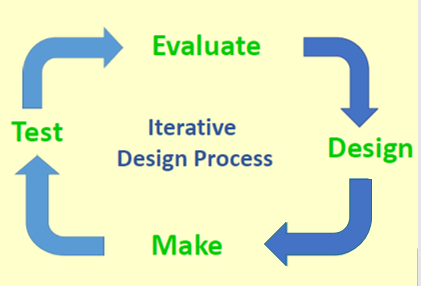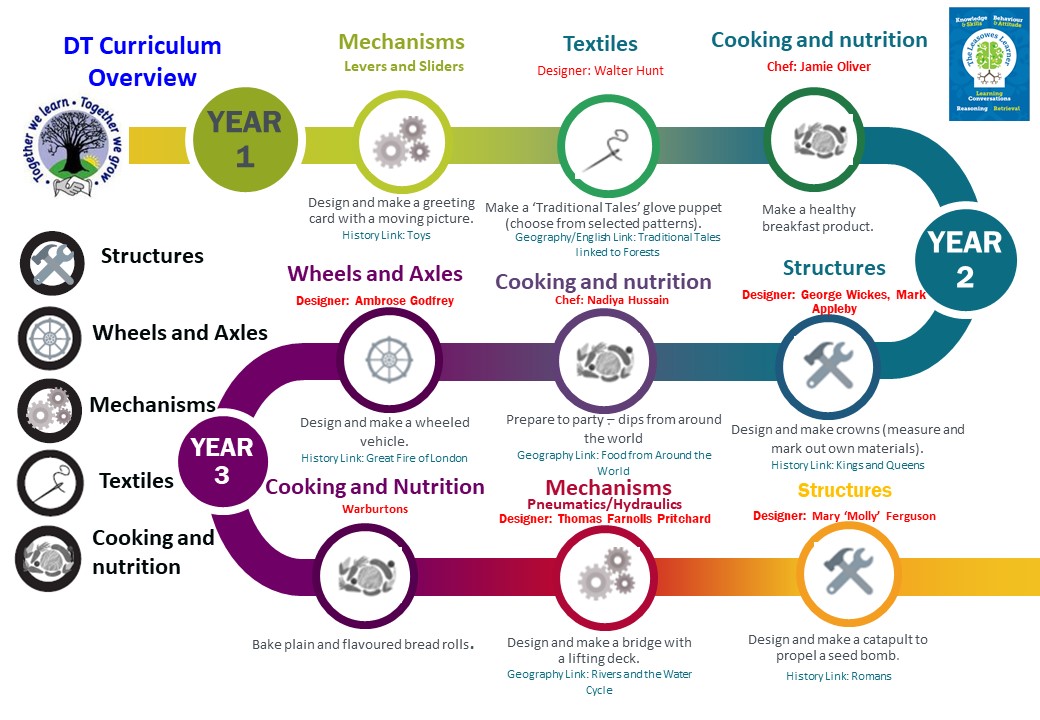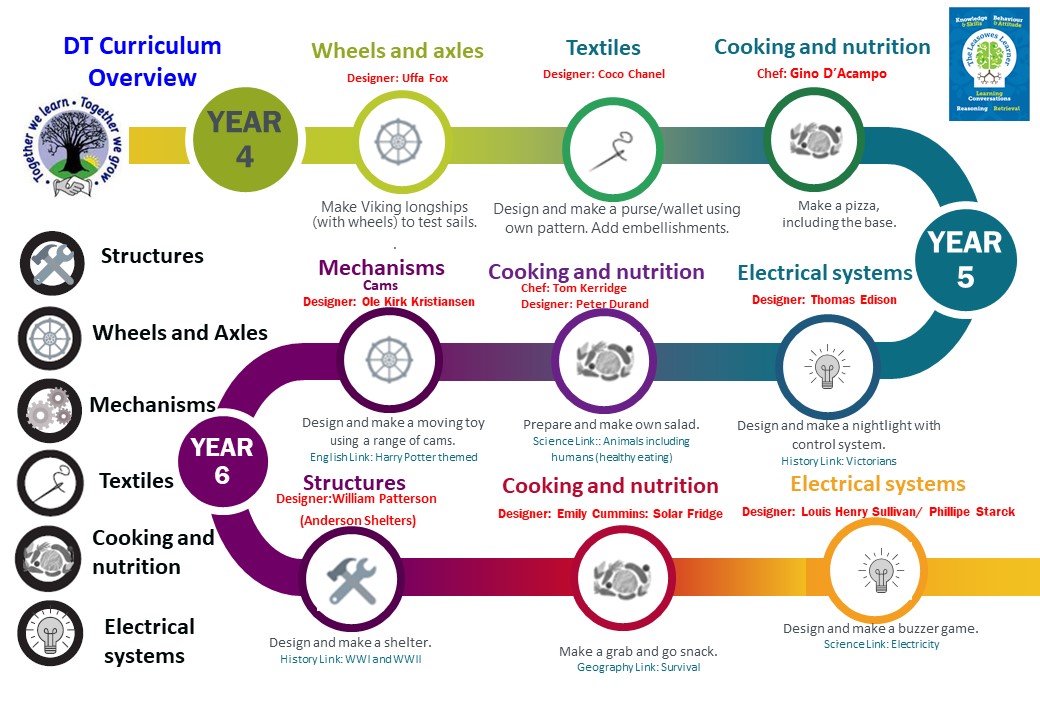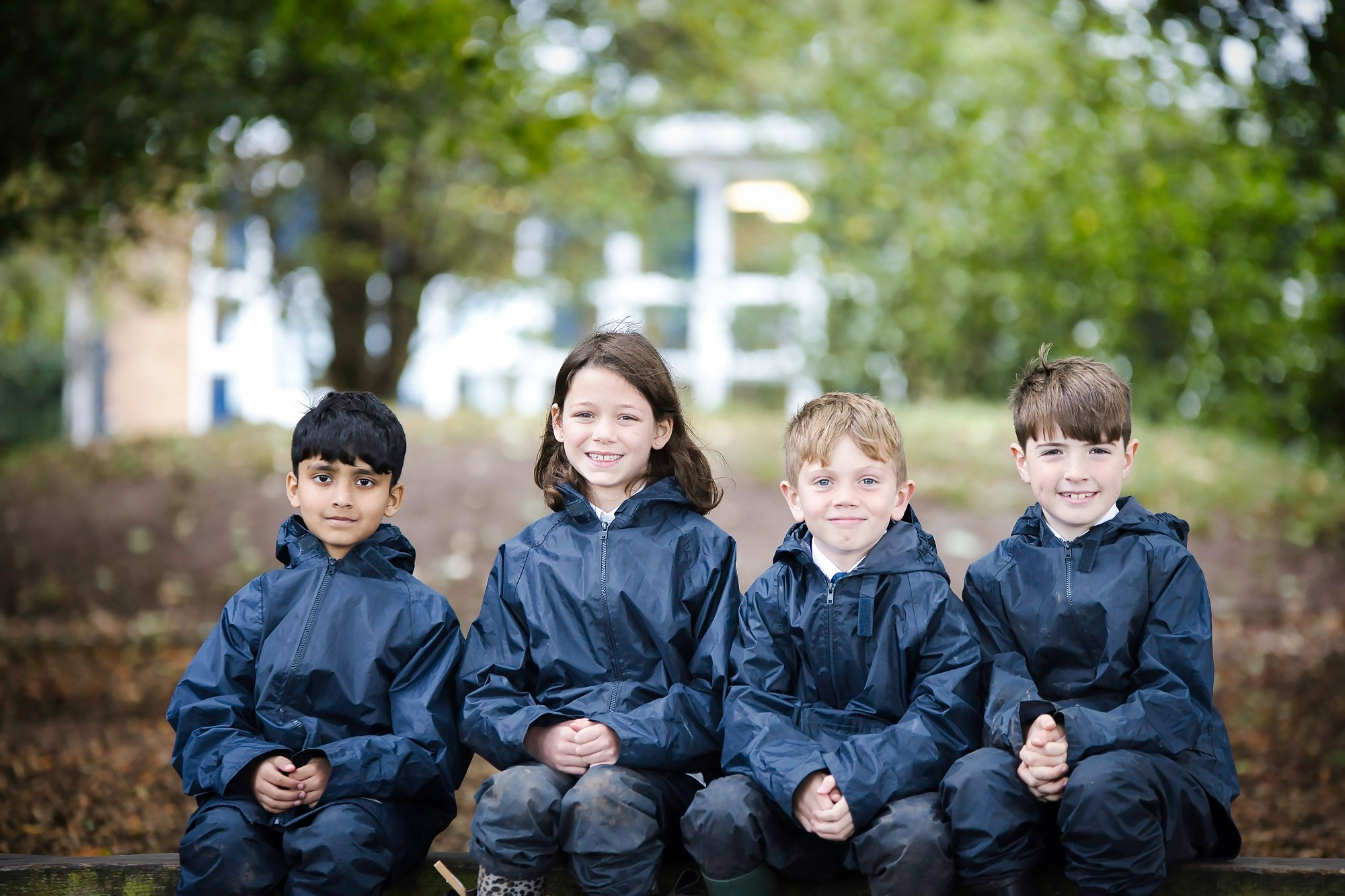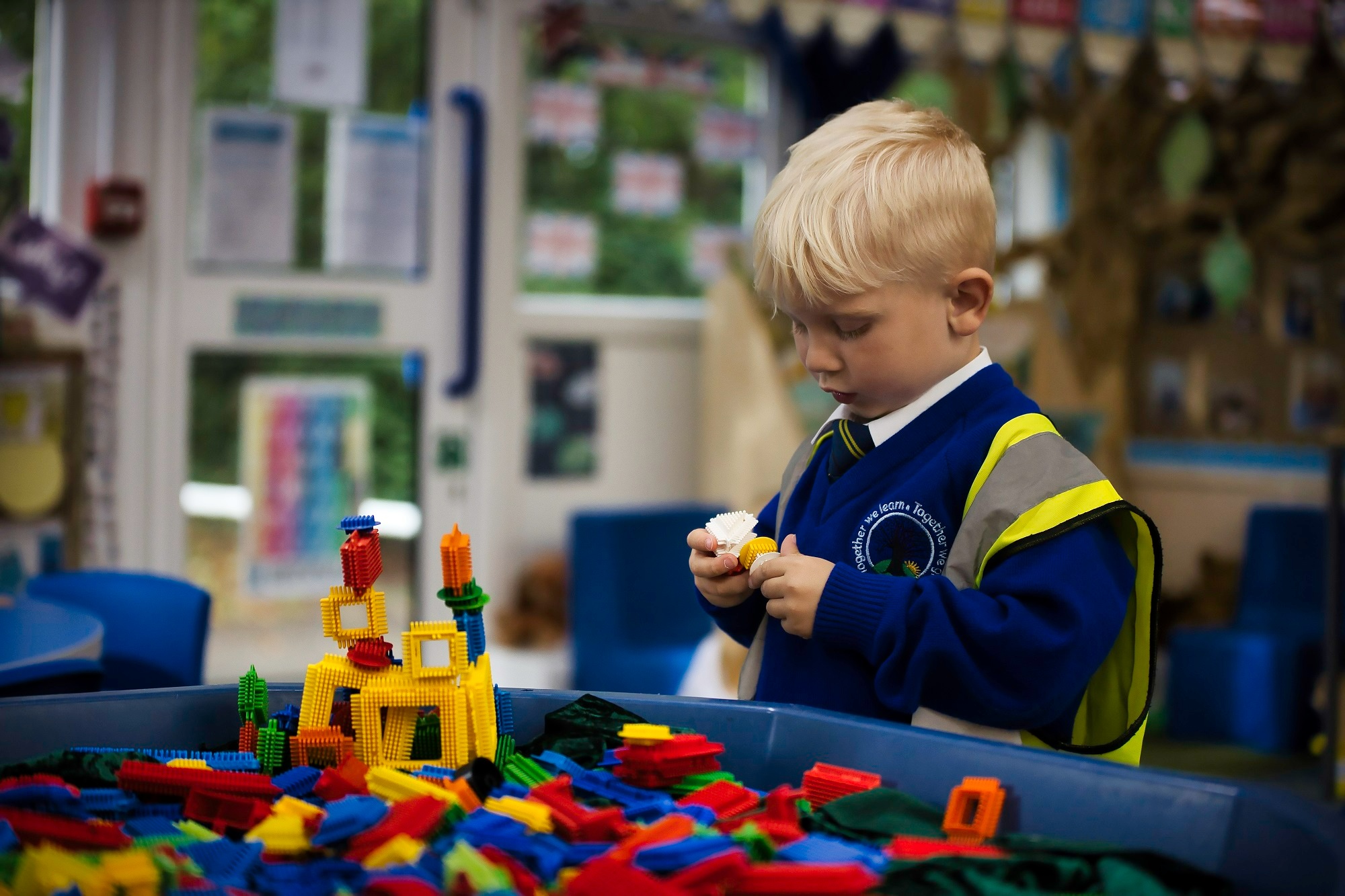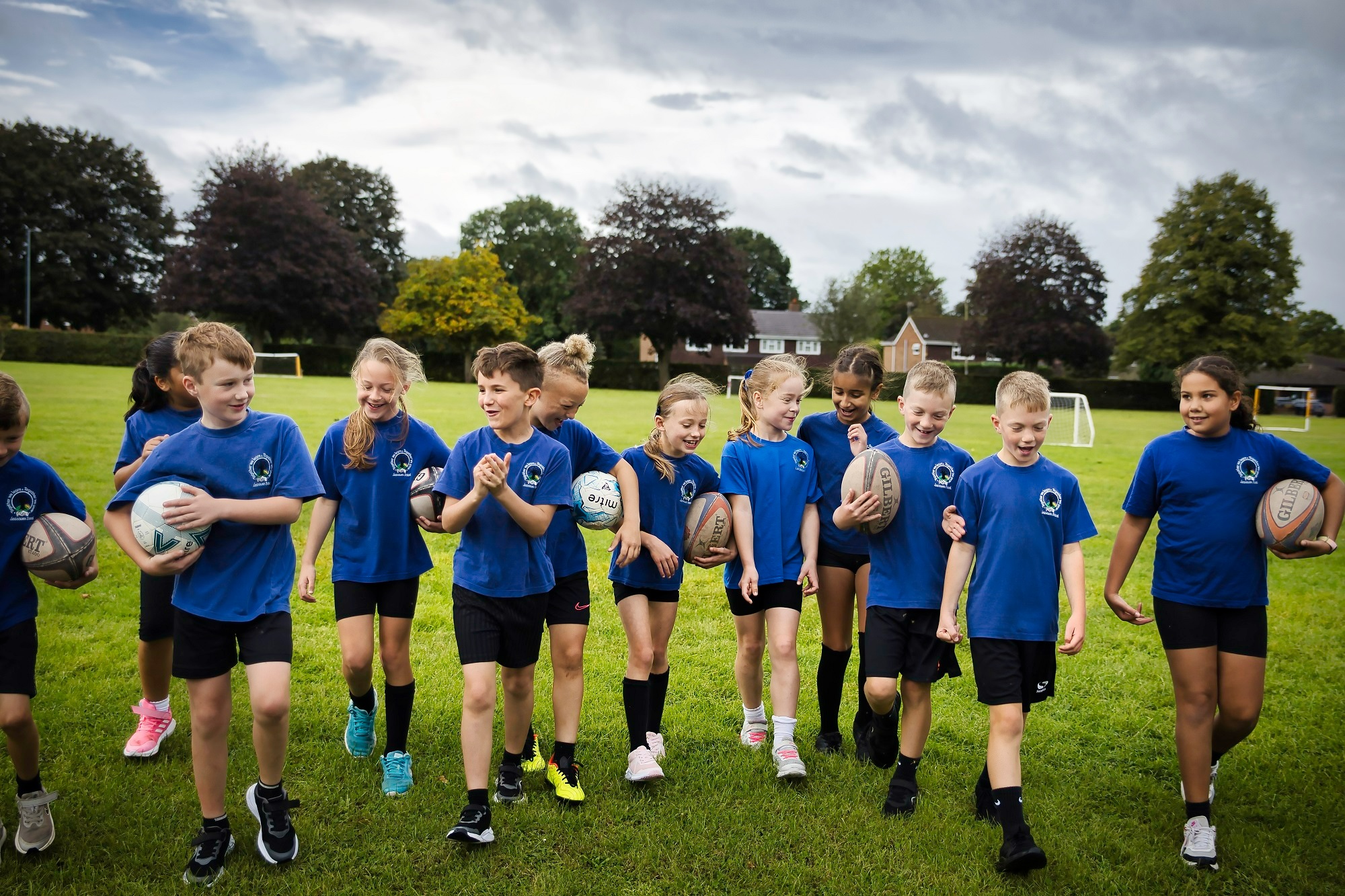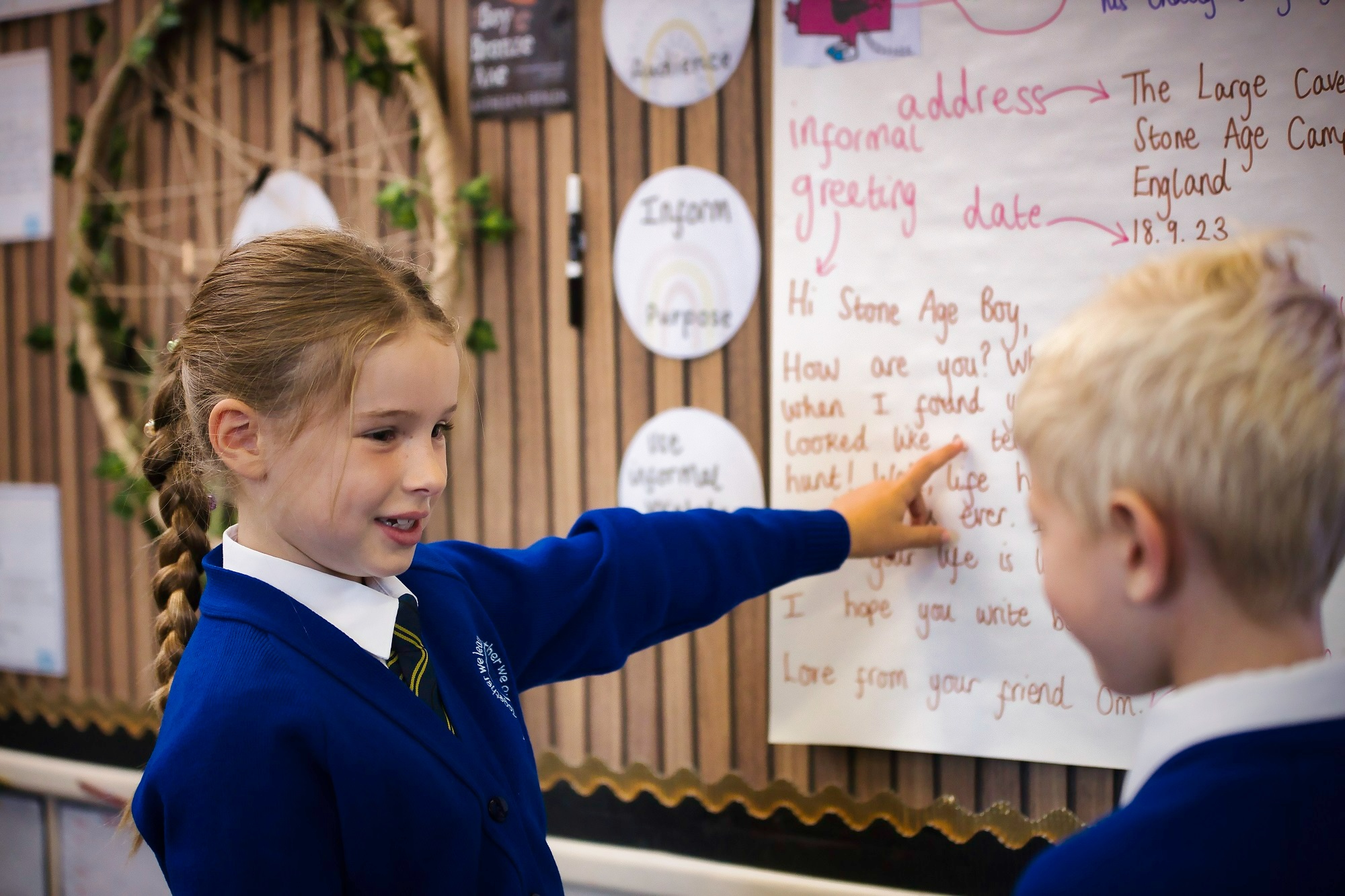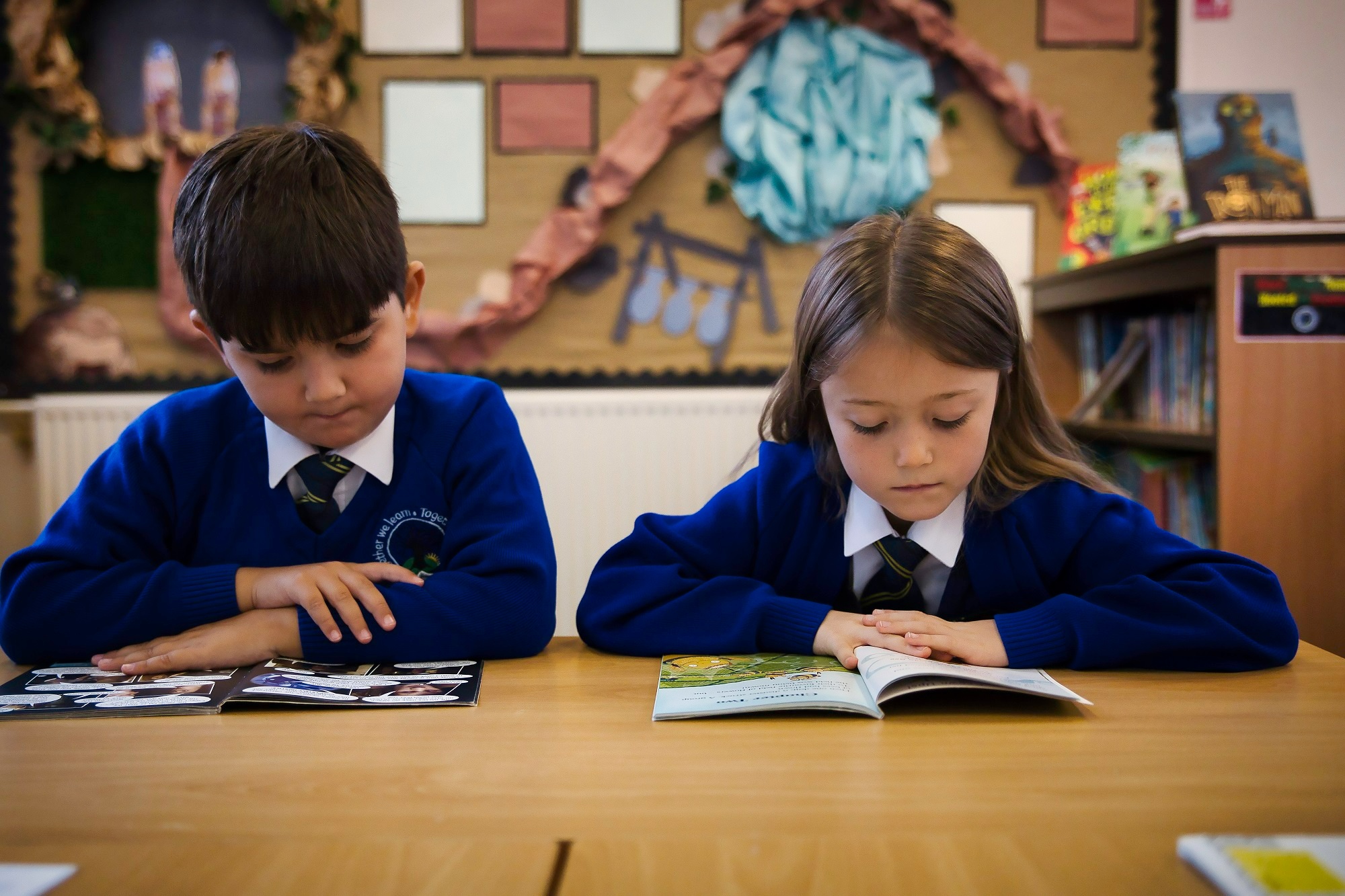Design and technology
Subject Lead: Mrs K Gee
DT Intent
Design and Technology at Leasowes provides the children with the opportunity to develop and use a range of skills that will prepare them for a constantly changing society, increasingly dependent on technology. We will enable the children to use their creativity, imagination and social interaction skills to solve real and relevant problems and design and make and evaluate their own products, understanding the processes from planning to making, evaluating and refinement. A wide range of new skills will be acquired, whilst drawing on and applying knowledge of other subjects, such as Mathematics, science, engineering, ICT and art. Pupils will gain an understanding of the impact of technology on our daily life through the study of design and technology, including designers, both past and present. Children will also develop the life skills and knowledge associated with healthy living, food nutrition and cookery.
Our DT Curriculum
The objectives set out in the National Curriculum form the basis of our ambitious curriculum.
Clear connections and links are made with other subjects across the curriculum, e.g. maths (measurement), art and design (investigation texture and colour, recording visual information), history (researching inventors of the past), geography (where our food comes from, food from other cultures) and computing (CAD, science-circuits).
Pupils’ learning and the skills they are taught are developed progressively. Learning from previous key stages is revisited in planning and practice and used in a more sophisticated way in subsequent key stages. Each year group delivers 3 units of Design and Technology (one of which is Cooking and Nutrition). Each unit is based on one of the following aspects of DT:
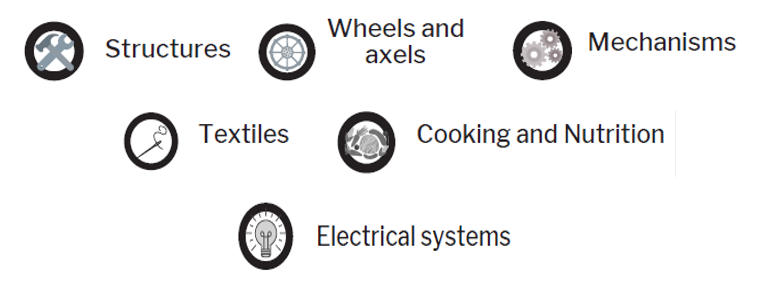
All year groups take part in both Design and Evaluate activities as well as building technical knowledge. Cooking and Nutrition is taught in each year group but may also be delivered at other opportunities during the year, where it links to a unit. Pupils develop the creative, technical and practical skills needed in everyday tasks confidently and to be successful in an increasingly technological world.
DT units are carefully planned to include 3 core elements:
- Investigating and evaluating existing products (including the work of innovators and inventors)
- Focused practical tasks – children develop particular aspects of knowledge and skills
- Designing and making (3Ss Something for Somebody for Some purpose)/ Product, Intended User, Function in upper KS2)
Units of work are planned creatively to ignite the imagination and promote curiosity. Opportunities to solve real problems and design and make products are varied and purposeful. Pupils learn about the vital role design plays in everyday life. They learn about innovators and inventors who inspire a future generation of designers. They use real-life materials and tools to aid understanding and productivity. In Cooking and Nutrition, pupils learn a crucial life skill to use in later life.
We aim to prepare children for their future lives in modern day Britain and equip them with skills to enable them to make a positive contribution to society. We encourage and model resilience when things don’t work out as we planned. As part of our Food and Nutrition curriculum, pupils learn about how the food we eat contributes to our health.
Pupils take part in investigative activities to explore and learn from a range of existing products and find out about DT in the wider world. They find solutions to problems, giving reasons for products not working or not meeting the users’ requirements and find new ways of working. Pupils are encouraged to ask questions and discover answers for themselves. Pupils are required to measure accurately and apply their knowledge and skills in practical tasks. When designing and making, pupils use an iterative design process where they are asked to constantly reflect and refine their plans, giving reasons for choices made. Pupils revisit their plans and adapt them, where needed.
